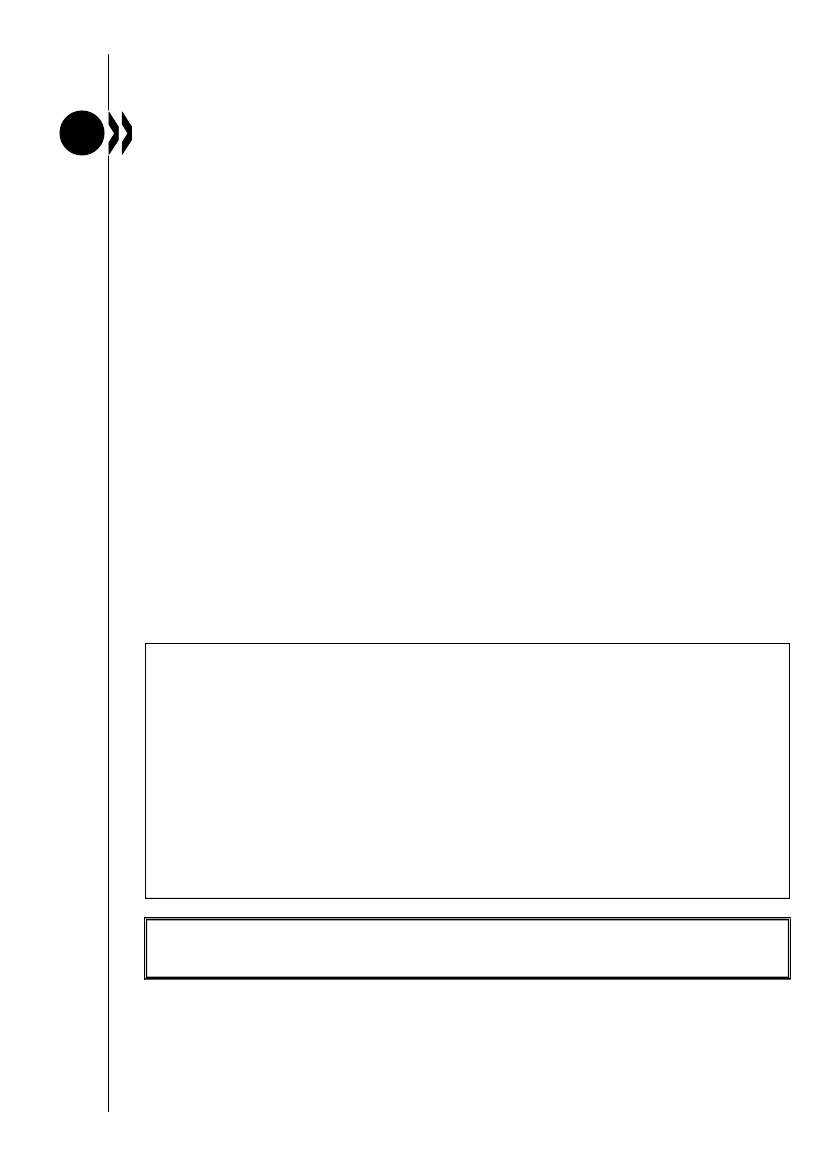
Unclassified
Organisation de Coopération et de Développement Économiques
Organisation for Economic Co-operation and Development
DCD/DAC/STAT(2015)29
27-Oct-2015
___________________________________________________________________________________________
_____________
English - Or. English
Development Co-operation Directorate
Development Assistance Committee
DCD/DAC/STAT(2015)29
Unclassified
English - Or. English
DAC Working Party on Development Finance Statistics
BETTER TRACKING OF ODA ALLOCATION: ASSESSING MULTI-COUNTRY ODA
2-3 November 2015
This document is submitted for
DCD/DAC/STAT/A(2015)5/PROV.
DISCUSSION
under
Item
9
of
the
draft
annotated
agenda
The paper provides a first analysis of the current reporting on multi-country ODA and presents options to better
reflect members’ efforts in LDCs, including explore opportunities for improved statistical reporting and options
and potential impact of imputing a share of multi-country ODA towards LDCs.
Fredrik Ericsson - Tel +33 (0)1 45 24 19 65 - e-mail: [email protected];
Suzanne Steensen - Tel +33 (0)1 45 24 76 23 - e-mail: [email protected]
JT03385162
Complete document available on OLIS in its original format
This document and any map included herein are without prejudice to the status of or sovereignty over any territory, to the delimitation of
international frontiers and boundaries and to the name of any territory, city or area.